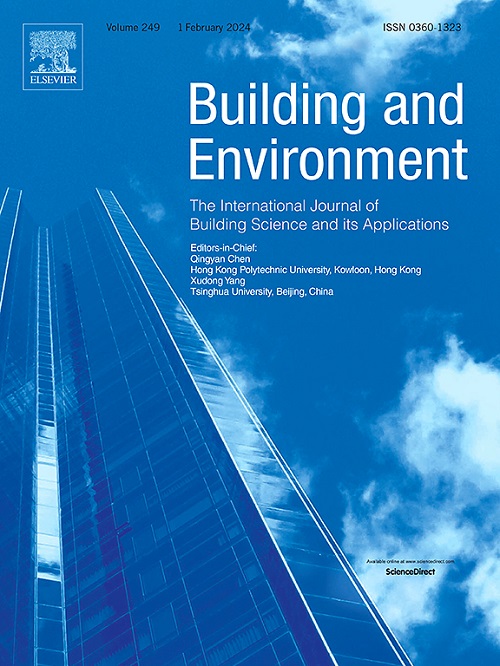Limitations of correlated colour temperature in visual perception and its implications for evaluating the colour rendition quality of indoor lighting
IF 7.1
1区 工程技术
Q1 CONSTRUCTION & BUILDING TECHNOLOGY
引用次数: 0
Abstract
Correlated Colour Temperature (CCT) is a crucial parameter for white light sources and it is closely related to the colour rendition quality of indoor lighting. In this study, two psychophysical experiments were conducted to examine the CCT recognition error of human observers and then investigate the relevant influence on the qualification of colour rendition quality. In Experiment 1, 36 lighting designers were invited to participate in a CCT recognition test with CCT values ranging from 3000 K to 6000 K, by which we obtained their recognition errors and discriminable intervals. It was found that even lighting professionals cannot recognize the CCT value very accurately and that CCT did not correlate linearly with visual perception. In Experiment 2, we further explored the influence of lighting designers’ CCT recognition errors on colour preference and discrimination judgements toward 8 kinds of objects with 50 naïve subjects by constructing a typical indoor lighting scenario. It was found that due to the CCT recognition errors revealed in Experiment 1, even professional lighting designers could hardly select the most appropriate CCT for a specific lighting scenario in terms of colour preference and colour discrimination. We hope those findings could provide a deeper understanding for the concepts of CCT and colour rendition of indoor lighting. As we believe, for quantifying the visual attributes like colour preference and discrimination, an absolute and global metric whose calculation protocol is independent of CCT value should be advocated.
求助全文
约1分钟内获得全文
求助全文
来源期刊

Building and Environment
工程技术-工程:环境
CiteScore
12.50
自引率
23.00%
发文量
1130
审稿时长
27 days
期刊介绍:
Building and Environment, an international journal, is dedicated to publishing original research papers, comprehensive review articles, editorials, and short communications in the fields of building science, urban physics, and human interaction with the indoor and outdoor built environment. The journal emphasizes innovative technologies and knowledge verified through measurement and analysis. It covers environmental performance across various spatial scales, from cities and communities to buildings and systems, fostering collaborative, multi-disciplinary research with broader significance.
 求助内容:
求助内容: 应助结果提醒方式:
应助结果提醒方式:


